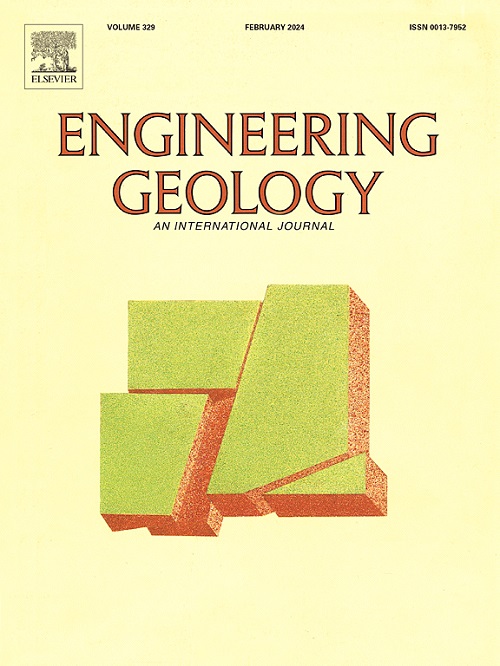Benched rock slopes are prevalent in extensive engineering endeavors such as mining and road construction. This research investigates the dynamic response patterns and failure mechanisms of dip and anti-dip rock slopes through shaking table tests. The adopted approach involves utilizing the acceleration amplification factor (AAF) to compare the amplification effects on both slope types under varying excitation amplitudes. Fourier spectrum analysis of acceleration is conducted to explore the relationship between seismic wave frequency and slope response. The Hilbert-Huang Transform (HHT) method is employed to analyze the differences in seismic response between dip and anti-dip slopes. The results reveal that anti-dip slope exhibits superior stability compared to dip slope, as the latter experiences earlier failure. The study also identifies the critical excitation intensity value (“threshold point”), indicating the evolution of benched slope dynamic response. The findings demonstrate that dip slopes are more significantly affected by seismic motion, exhibiting higher energy concentration and release. The seismic wave propagation in dip slope also shows a greater energy release compared to anti-dip slope. These outcomes should provide valuable insights for the design and seismic disaster risk assessment of benched slope engineering in regions with high seismic activity. The findings highlight the increased risk of slope failure in dip slopes and emphasize the importance of considering slope stability in engineering projects. The approach proposed in this study, along with the identified critical excitation intensity value, can aid in understanding and mitigating the potential risks associated with benched slope engineering.


